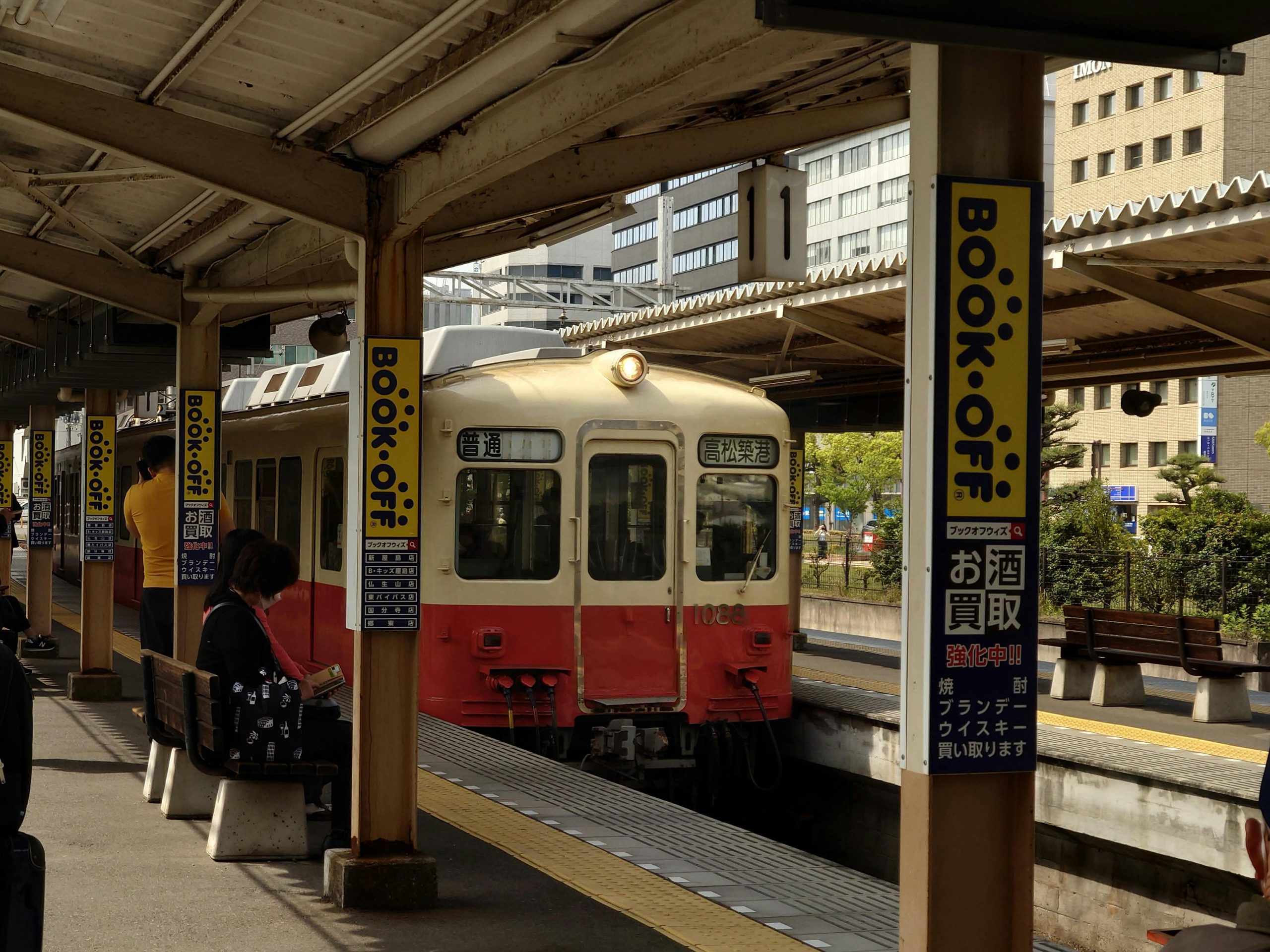Over the past several years, the housing market throughout the UK has experienced significant fluctuations, leading to rapidly increasing property prices in various regions, including but not limited to London. Traditionally, London has been the focal point of conversations about inflated property values due to its high demand and global appeal. However, recent trends indicate that other areas, even those beyond commuter belts like the Home Counties, are also seeing substantial price increases.
Several factors are contributing to this phenomenon. First, the ripple effect from London’s high prices has begun to spill over into other regions, as buyers seek more affordable housing away from the capital. This trend has been facilitated by improvements in transportation and infrastructure, making it easier for people to live further from their place of work, or to work remotely, a practice amplified by the COVID-19 pandemic.
Moreover, the pandemic itself has shifted priorities for many homebuyers who now value larger living spaces, gardens, and proximity to green areas over previous preferences solely for urban convenience. This shift has increased demand in suburban and rural parts of the UK, pushing the prices up significantly.
Additionally, low-interest rates have made borrowing cheaper, encouraging more people to enter the housing market. Government initiatives, such as the Help to Buy scheme, also play a role in increasing demand for properties across the nation.
Given these circumstances, the price increase of a property from £125k two years ago to £200k today could indeed suggest that property bubbles are forming in areas outside of London. While this growth could indicate economic prosperity and development, there is also concern about sustainability and the potential for a market correction, which could adversely affect buyers and investors in the future. Thus, prospective buyers should consider these factors and potential risks when entering the housing market.

This post raises some critical points about the shifting dynamics of the UK housing market. The trend of rising property prices beyond London is indeed fascinating and reflects broader societal changes, particularly those accelerated by the pandemic.
One point worth emphasizing is the transformative impact of remote work. As people are no longer tethered to their offices, they are reassessing their housing needs and seeking out properties that offer more space and comfort—this could lead to sustained demand in previously overlooked regions. However, it’s crucial for potential buyers to remain vigilant and informed about regional market trends, as the same factors driving prices up can also sow the seeds for a correction if the economic landscape shifts.
Moreover, the demographic trends influencing these changes shouldn’t be overlooked. Younger generations, increasingly valuing lifestyle over location, may opt for homes in scenic areas that foster community and well-being, further fueling this demand.
Investors should also consider the long-term implications of such rapid price increases. The current market scenario could be indicative of a bubble—without careful monitoring of economic indicators, such as employment rates and wage growth, buyers might find themselves vulnerable to a downturn.
Overall, while it’s encouraging to see interest in diverse regions, I hope future discussions around the housing market incorporate strategies for sustainable growth, ensuring that the benefits of rising prices do not come at the cost of accessibility for first-time buyers.
This post raises some important points about the evolving property market across the UK, particularly as it relates to the ripple effects of London’s soaring prices. It’s crucial to consider not just the numbers, but the broader implications of these trends.
The rise in demand for larger homes with outdoor spaces post-pandemic is particularly fascinating. While many people are moving to suburban and rural areas, this could inadvertently lead to increased pressures on local infrastructure and services that weren’t designed to accommodate such rapid growth. Local governments might need to evaluate their planning and development strategies to ensure these areas can support new residents without sacrificing quality of life.
Moreover, the discussion around sustainability is key. As property prices continue to escalate, there’s a pressing need for affordable housing solutions that don’t compromise on quality or environmental standards. Innovations in sustainable construction and urban planning could provide pathways to meet demand while maintaining ecological integrity.
While current trends are exciting, I agree that potential market corrections should be on the radar for both buyers and investors. It’s worth noting that overvaluation can lead to not just financial pain for homeowners, but also broader economic consequences.
I’d love to hear your thoughts on how local councils might respond to these challenges. Are there specific policies or initiatives you think could help balance growth with sustainability in these emerging markets?
Great insights! It’s clear that the UK property market is experiencing a broader regional uplift, driven by changing lifestyles, remote working, and infrastructural developments. While rising prices across various areas can reflect positive economic growth, they also raise questions about affordability and sustainability. Prospective buyers should indeed approach these surges with caution, conducting thorough due diligence and considering long-term market trends. Additionally, policymakers might need to monitor these regional price increases closely to ensure they don’t lead to overheating or unintended market imbalances. Overall, this evolving landscape underscores the importance of a strategic and well-informed approach to property investment and ownership.